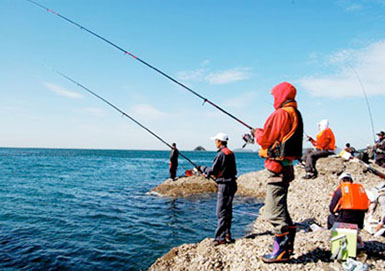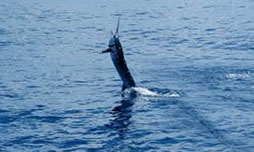Learn Japanese with these resources:
To learn Japanese, you’re going need a way to learn correct pronunciation, a frequency dictionary to form your base vocabulary, and a good grammar book. You’ll also benefit from a thematic vocabulary book for specialized vocabulary and maybe a book or two, once you learn your first 1000 words. Make sure you read the Method sections of the website, then check out some of these recommended resources (pictures are links):
Learn Japanese with these resources
Pronunciation and the Kana (Phonetic Alphabets/Syllabaries)
First off, get a feel for how pronunciation works in English. The video tutorials here should help.
Once you understand that, start working on Japanese.
The book Pronounce it Perfectly in Japanese is excellent, but it has not yet been updated to include CDs (it uses tapes). if you don’t have a tape player, then you’ll need to use internet resources and listen to your Genki CDs (below) very carefully. Your goal is to be able to say all of the sounds of the Kana accurately, and be able to go from sounds to characters and back easily.
Read Wikipedia’s Japanese Phonology page, Wikipedia’s Japanese Pronunciation Guide, and About.com’s guide with recordings.
Your base vocabulary
I’ve made a base vocabulary list of 400 words to start you off! As I talk about in that article, I find it easiest to translate those words using the short dictionaries at the end of a Lonely Planet Phrasebook; they’re cheap, short and give you good, standard translations for your words (just ignore the ridiculous pronunciation guides). Later, when you’re ready for sentences, you can go back to your phrasebook and grab some. After that, try some of these resources:
 The Routledge Frequency dictionary series is excellent, with example uses and everything. Get this at the beginning to direct your vocabulary work!
The Routledge Frequency dictionary series is excellent, with example uses and everything. Get this at the beginning to direct your vocabulary work!
 Barron’s vocabulary books are a wonderful set of books that contain core vocab for just about any field/topic you can think of. They’re great for adding to your vocab once you get your first 1000 or 2000 words from a frequency list.
Barron’s vocabulary books are a wonderful set of books that contain core vocab for just about any field/topic you can think of. They’re great for adding to your vocab once you get your first 1000 or 2000 words from a frequency list.
Japanese has 3 alphabets, two of which - Hirigana and Katakana - are more or less traditional, phonetic alphabets (letters correspond to sounds [syllables, actually]), and one - Kanji - which is meaning-based (letters correspond to words), and stems from Traditional Chinese. I wrote a blog post about some of the special difficulties you’ll encounter here. Learning Kanji is a skill somewhat separate from the rest of Japanese (you can speak fluent Japanese and still be illiterate in Kanji), and there are a series of pretty well renowned books designed exclusively to help you memorize these three alphabets. Remembering the Kanji (volumes 1 & 2) and Remembering the Kana (The first two alphabets) by James W. Heisig break the characters down into their component parts and provide mnemonics for remembering them. The Kanji books are on the left, the Kana book on the right:

 Grammar book
Grammar book
People simply rave about the Genki series. These are the beginner books (Textbook and Workbook) and come with CDs. Try to get the textbook used (make sure the CD comes with it!) and be careful that your workbook is actually empty if you get it used!
Book-type book
You can read anything that you enjoy. I’m a big fan of the Harry Potter series in translation, especially if you can find an audiobook version to listen to at the same time as reading. For some reason, the Order of the Phoenix (book #5 in the series) is much cheaper than the first book, so I’ve linked both.
Other Resources
Jim Breen’s WWWJDIC (A pretty amazing online dictionary)
Tae Kim has a pretty extensive guide to learning Japanese
Assimil
 The Assimil series is a sort of special language learning resource that I discuss in a blog post here. It doesn’t quite fit into any of the categories above, and I think it works best as a sort of supplemental source of Japanese input. Here’s the beginner Japanese version with CDs. The Japanese edition uses both Japanese characters and Romanji (a transliteration). Just ignore the Romanji.
The Assimil series is a sort of special language learning resource that I discuss in a blog post here. It doesn’t quite fit into any of the categories above, and I think it works best as a sort of supplemental source of Japanese input. Here’s the beginner Japanese version with CDs. The Japanese edition uses both Japanese characters and Romanji (a transliteration). Just ignore the Romanji.







